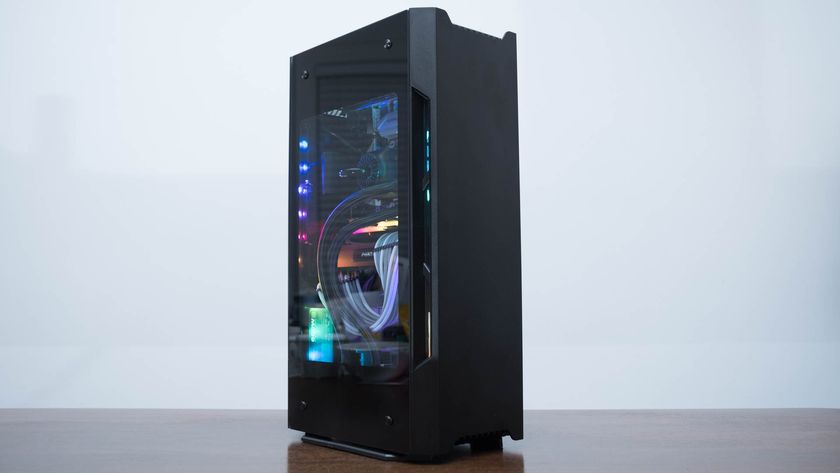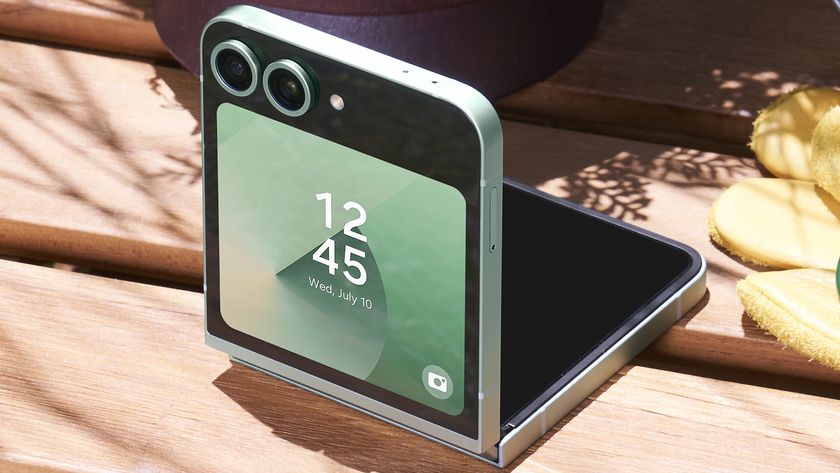It is, of course, easier if the 3D image has been created in full already, as is done with computer-generated images like animation, graphics and video games. In that case, Declipse simply takes the existing 3D data – via plugins for programs like Autodesk Maya and 3ds Max – and uses that to show 3D on the display. Just imagine what your favourite video games would be like if you could really play them in three dimensions?
A 3D future
The obvious drawback with any of this right now is that you need content that's been specially created – either during the production process, or in post-production.
That obviously means you can't watch regular TV in 3D, no matter how much you like the idea of a three-dimensional Fiona Bruce sitting in your lounge, while reading the news.
However, Teuwsen does hold out some hope. Since creating 3D image from 2D is simply about data processing, it's only a matter of time before the technology can be packaged inside the video processors that make up ordinary TVs.
We may not have to wait too long. In January, at CES 2008, some of the biggest names in tech showed off prototype 3D TVs that could go on sale as early as 2009 or 2010. Business users, of course, can already pick up a range of WOWvx displays from Philips, with the 42-inch 3D display costing around €7,000 (£5,539).
"It's just one way to stand out, Bjorn Teuwsen says, "from the 3,000 advertising messages we receive every day."
Get daily insight, inspiration and deals in your inbox
Sign up for breaking news, reviews, opinion, top tech deals, and more.
Is 3D a vision too far?
Stereoscopic images have been around for 150 years or so, but the first moving 3D images appeared in cinemas during the 1950s as a way for Hollywood studios to compete against the rising threat of television. Of course then, as now, displaying a 3D image has required viewers to wear glasses (either stereoscopic, or those with red and green lenses), which are not only inconvenient, but can be uncomfortable too.
Part of the reason for that is that 3D images can induce dizziness, or nausea. This is due to cone transitions – the crossing over of one part of a stereoscopic image designed for one eye appearing in the other, causing blurriness and eye-strain.
Teuwsen says Philips has largely been able to minimise effects this with its 3D displays to the extent that it's now barely noticeable. After all feelings of nausea are the last things advertisers want you to feel when faced with a 3D representation of their produce.













